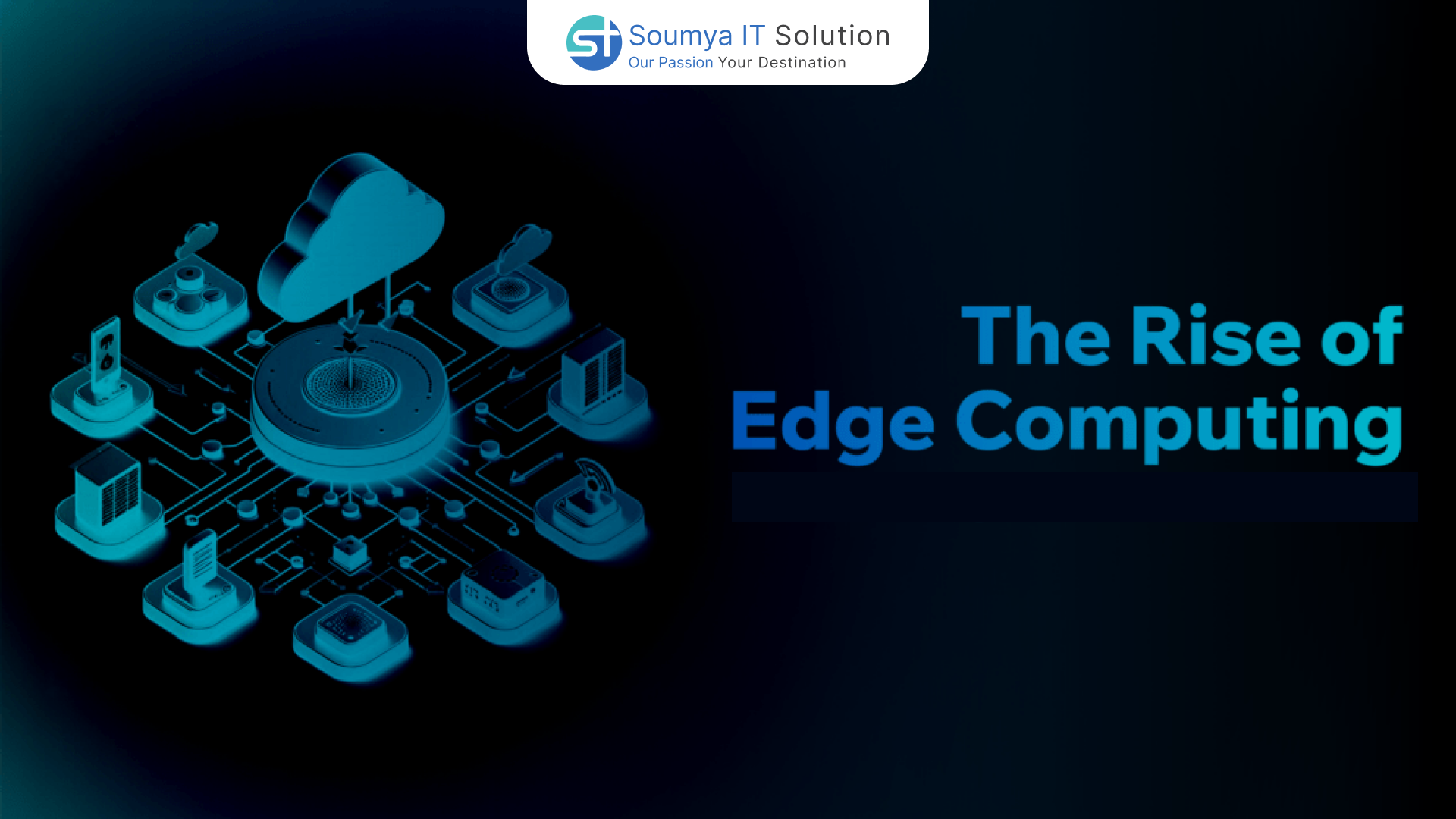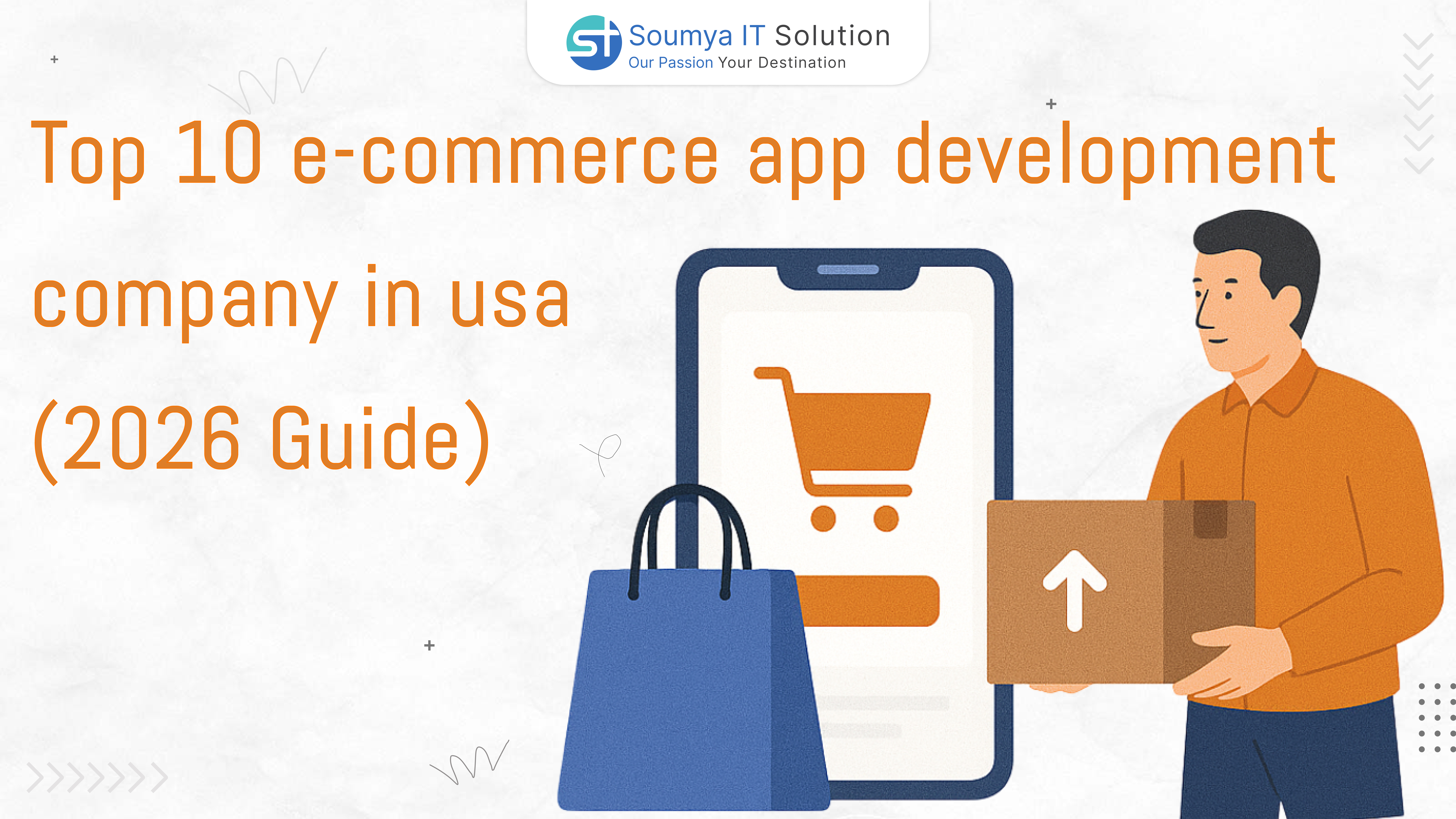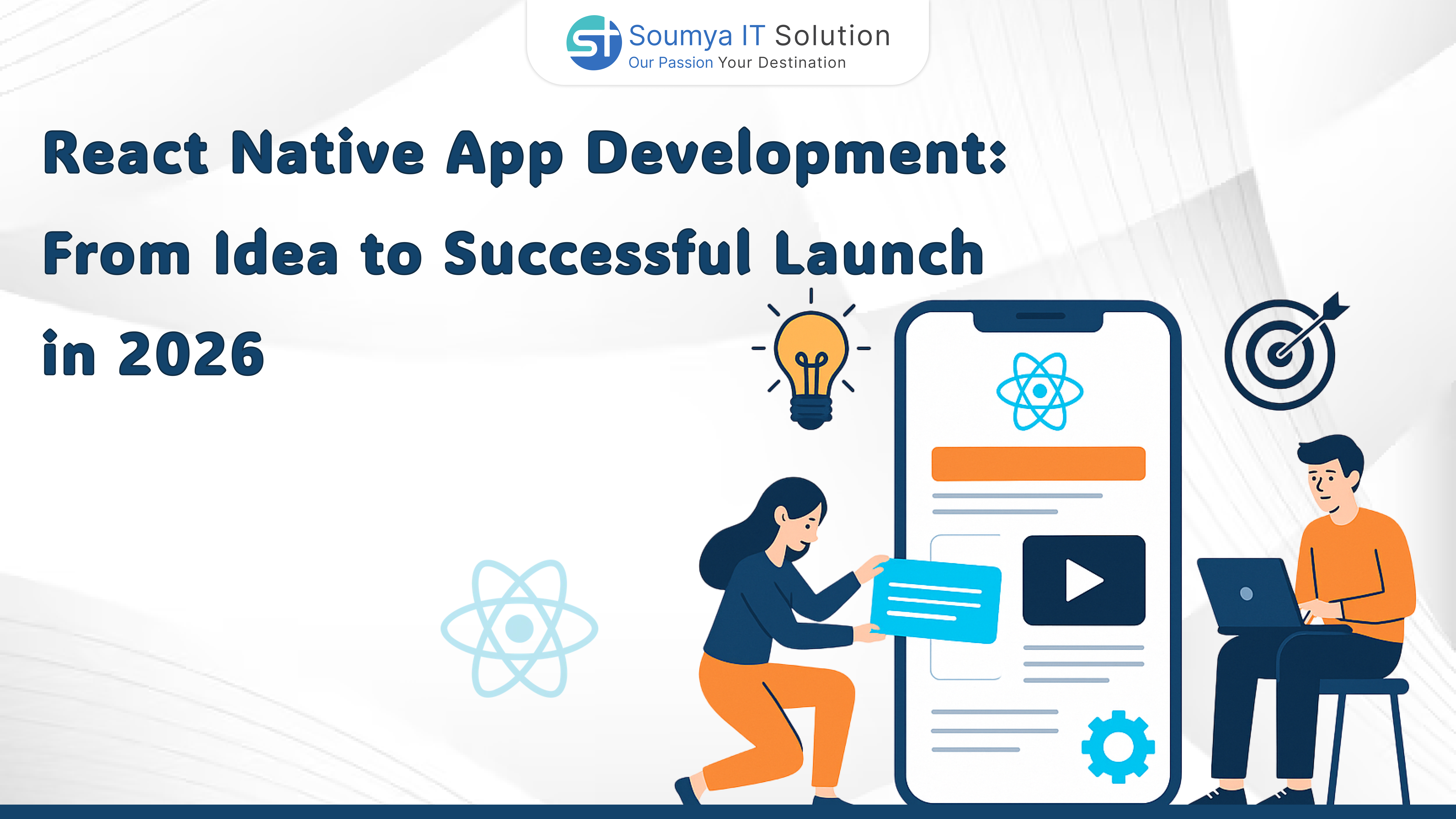
The Rise of Edge Computing: What It Means for Companies
The Rise of Edge Computing: What It Means for Companies Introduction: Why Edge Computing Matters Today In today&...
The Rise of Edge Computing: What It Means for Companies
Introduction: Why Edge Computing Matters Today
In today’s hyper-connected digital world, data has become the backbone of every business. Companies generate enormous amounts of data daily, and managing this data efficiently is crucial for growth and competitiveness. Traditionally, businesses relied heavily on cloud computing for storing, processing, and analyzing this data. While cloud computing brought many advantages, it comes with limitations such as latency, bandwidth costs, and slower real-time processing.
This is where Edge Computing enters as a revolutionary technology. At Soumya IT Solution, we understand that businesses need solutions that are faster, more secure, and capable of handling real-time analytics. Edge Computing allows organizations to process data closer to its source, ensuring faster decision-making and improved operational efficiency.
In this blog, we will explore what Edge Computing is, why companies need it, and how it is transforming industries worldwide.
What is Edge Computing?
Edge Computing is a technology that processes data at the edge of the network, close to the devices generating the data, rather than sending it all the way to a centralized cloud server. In simple terms, the "edge" refers to the location where data is generated, such as IoT devices, sensors, or local servers.
By processing data locally, Edge Computing reduces latency, improves response times, and enables real-time analytics. This makes it particularly useful for industries like healthcare, manufacturing, autonomous vehicles, retail, and smart city applications.
Key Benefits of Edge Computing:
-
Low Latency: Processes data instantly at the source.
-
Real-Time Decision Making: Supports immediate responses for critical operations.
-
Enhanced Security: Sensitive data stays closer to its source, reducing transfer risks.
-
Cost Efficiency: Less dependency on bandwidth-heavy cloud transfers.
Why Companies Need Edge Computing
Businesses of all sizes can leverage Edge Computing to gain a competitive advantage. Here’s why it’s becoming essential for modern organizations:
1. Faster Data Processing
Edge Computing processes data locally, enabling companies to access real-time insights. For industries like healthcare, autonomous vehicles, and manufacturing, even a few milliseconds can be crucial for decision-making.
2. Enhanced Data Security
Processing sensitive information close to the source reduces exposure to potential cyber threats during cloud transfer. This is particularly important for financial, healthcare, and government organizations handling confidential data.
3. Reduced Bandwidth Costs
Sending all data to the cloud is costly and can slow down operations. Edge Computing allows local filtering and processing of data, reducing unnecessary cloud traffic and cutting costs.
4. Real-Time Analytics
With Edge Computing, companies can analyze data instantly, making on-the-spot decisions. Applications like predictive maintenance, supply chain management, and real-time customer analytics benefit greatly from this capability.
5. Business Continuity
Even if the cloud or central server goes down, local processing ensures business operations continue without interruption.
Industries Benefiting from Edge Computing
Edge Computing is not limited to one industry—it is transforming multiple sectors.
Healthcare
Hospitals and clinics can monitor patient vitals in real-time, detect anomalies instantly, and send alerts to medical professionals immediately. This improves patient care and reduces risks.
Retail
Retailers use Edge Computing for personalized customer experiences, inventory management, and faster checkout systems. Real-time analytics allows for dynamic pricing, promotions, and stock optimization.
Automotive
Autonomous vehicles rely heavily on real-time data to make split-second decisions. Edge Computing processes data locally within the vehicle to ensure safety and efficiency.
Manufacturing
Smart factories can monitor equipment and production lines continuously. Predictive maintenance powered by Edge Computing prevents downtime and reduces operational costs.
Smart Cities
Edge Computing enables efficient traffic management, energy distribution, public safety monitoring, and other smart city services by processing data locally from sensors and cameras.
Edge Computing vs Cloud Computing
While both technologies are crucial, the main difference lies in where the data is processed:
| Feature | Edge Computing | Cloud Computing |
|---|---|---|
| Processing Location | Near the data source | Centralized servers |
| Latency | Very low | Higher |
| Real-Time Analytics | Excellent | Moderate |
| Security | Enhanced | Moderate (depends on provider) |
| Cost | Lower bandwidth usage | Higher bandwidth usage |
The most effective approach is a hybrid model, where critical real-time processing is handled at the edge, and large-scale storage and analytics are performed in the cloud.
How Soumya IT Solution Helps Companies with Edge Computing
At Soumya IT Solution, we provide end-to-end Edge Computing solutions that are tailored to your business needs.
Our Services Include:
-
IoT Integration & Edge Devices Setup
-
AI-Powered Analytics at the Edge
-
Secure and Scalable Edge Networks
-
Cloud-Edge Hybrid Solutions
Why Choose Soumya IT Solution:
-
Custom Edge Computing solutions for your industry
-
Secure, scalable, and reliable architecture
-
Expert guidance from planning to deployment
-
Future-ready technology adoption
By implementing Edge Computing with our solutions, businesses can enhance performance, reduce costs, and stay ahead of competitors.
Real-World Use Cases of Edge Computing
-
Healthcare Monitoring: Continuous patient monitoring with instant alerts.
-
Retail Optimization: Personalized shopping experience with instant analytics.
-
Autonomous Vehicles: Real-time object detection and safe navigation.
-
Manufacturing Automation: Smart machines and predictive maintenance.
-
Smart City Infrastructure: Efficient traffic management, smart lighting, and energy optimization.
FAQs
Q1. What is Edge Computing?
Edge Computing is a technology that processes data near its source rather than sending it to a centralized cloud, reducing latency and improving efficiency.
Q2. Why is Edge Computing important for companies?
It enables faster data processing, real-time analytics, enhanced security, and cost savings on bandwidth, improving overall business performance.
Q3. Will Edge Computing replace Cloud Computing?
No, Edge and Cloud technologies complement each other. Edge handles real-time processing while Cloud manages large-scale storage and analytics.
Q4. Which industries benefit most from Edge Computing?
Healthcare, retail, automotive, manufacturing, logistics, and smart cities are leading adopters of Edge Computing.
Q5. Can small businesses use Edge Computing?
Yes! Many affordable Edge solutions are now available, making it accessible for startups and small-to-medium enterprises.
Conclusion: The Future is at the Edge
Edge Computing is no longer just a futuristic concept—it is a practical solution that allows businesses to gain real-time insights, optimize operations, and reduce costs. Companies adopting Edge Computing early are better positioned to outperform competitors and respond quickly to market changes.
At Soumya IT Solution, we are committed to helping businesses leverage Edge Computing to its fullest potential. Whether you are a startup or a large enterprise, our solutions can transform your data strategy and elevate your business operations.
Contact Us Today:
📞 +91 77372 33764 | +91 80581 64478
📧 sales@soumyaitsolution.com
🌐 www.soumyaitsolution.com
✅ SEO Optimization:
-
Keywords included: Edge Computing, Edge Technology, Real-Time Analytics, Cloud vs Edge, Business Transformation, AI & Edge, IoT Integration, Smart Cities
-
Headings and subheadings for readability
-
Friendly and AI-friendly tone
-
FAQs and use cases for enhanced user engagement







